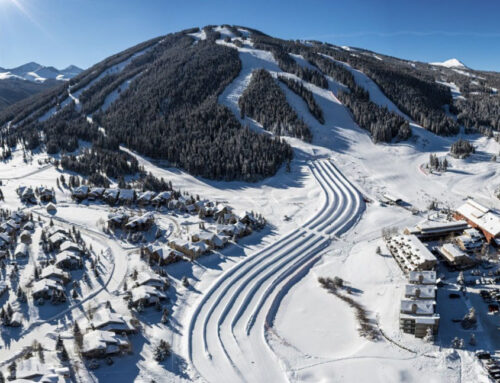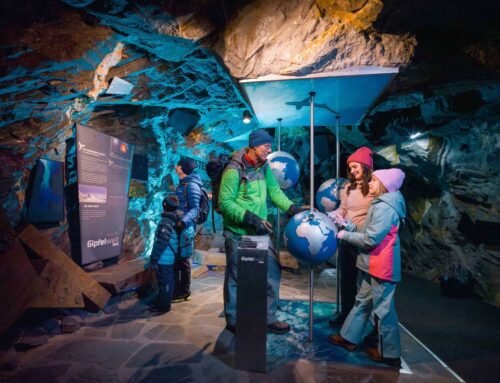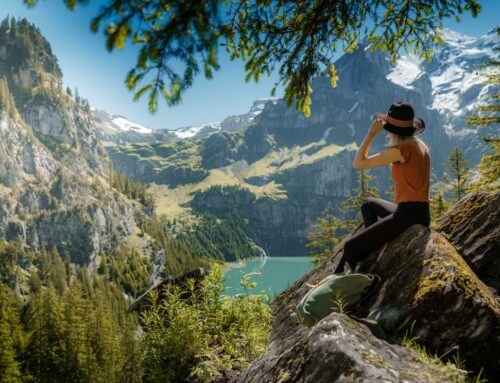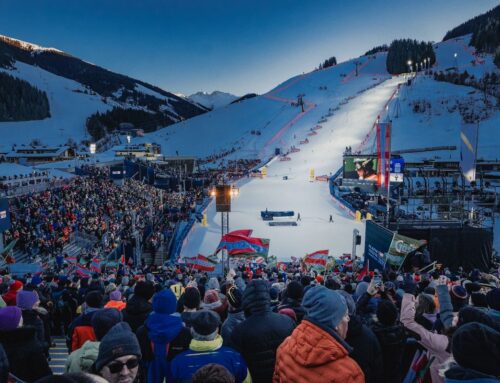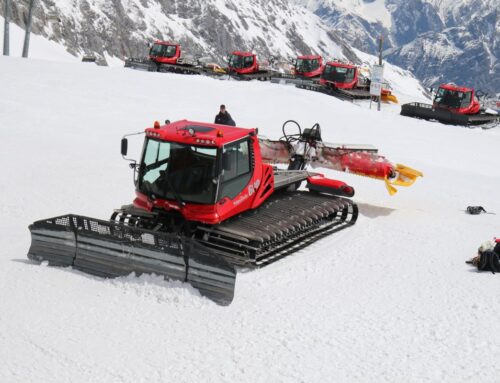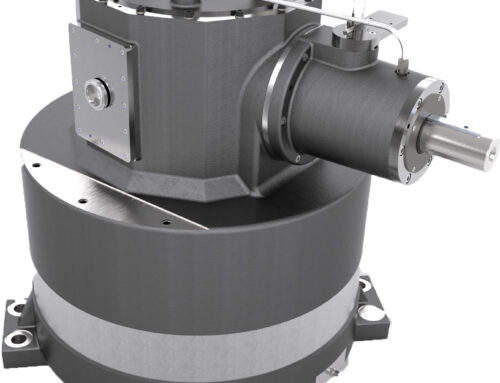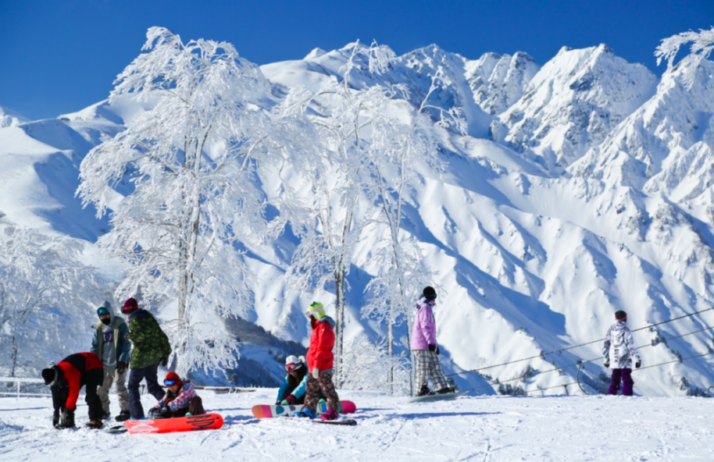
Maintenance & Service, Management & Tourism, SI World 2/2021
Japan – A ski market in transition
Heavy snowfalls, a national weakness for the latest fad and seemingly unending funds once made the Japanese ski resorts the places to be. Blessed with some of the best snow conditions in the world, the industry boomed.
In the heyday of the early 1990s the industry counted 18 million mostly domestic skiers and saw the development of over 700 ski resorts. Those days have long passed and 500 ski resorts with six to seven million practitioners are now increasingly reliant on foreign and green season visitors.
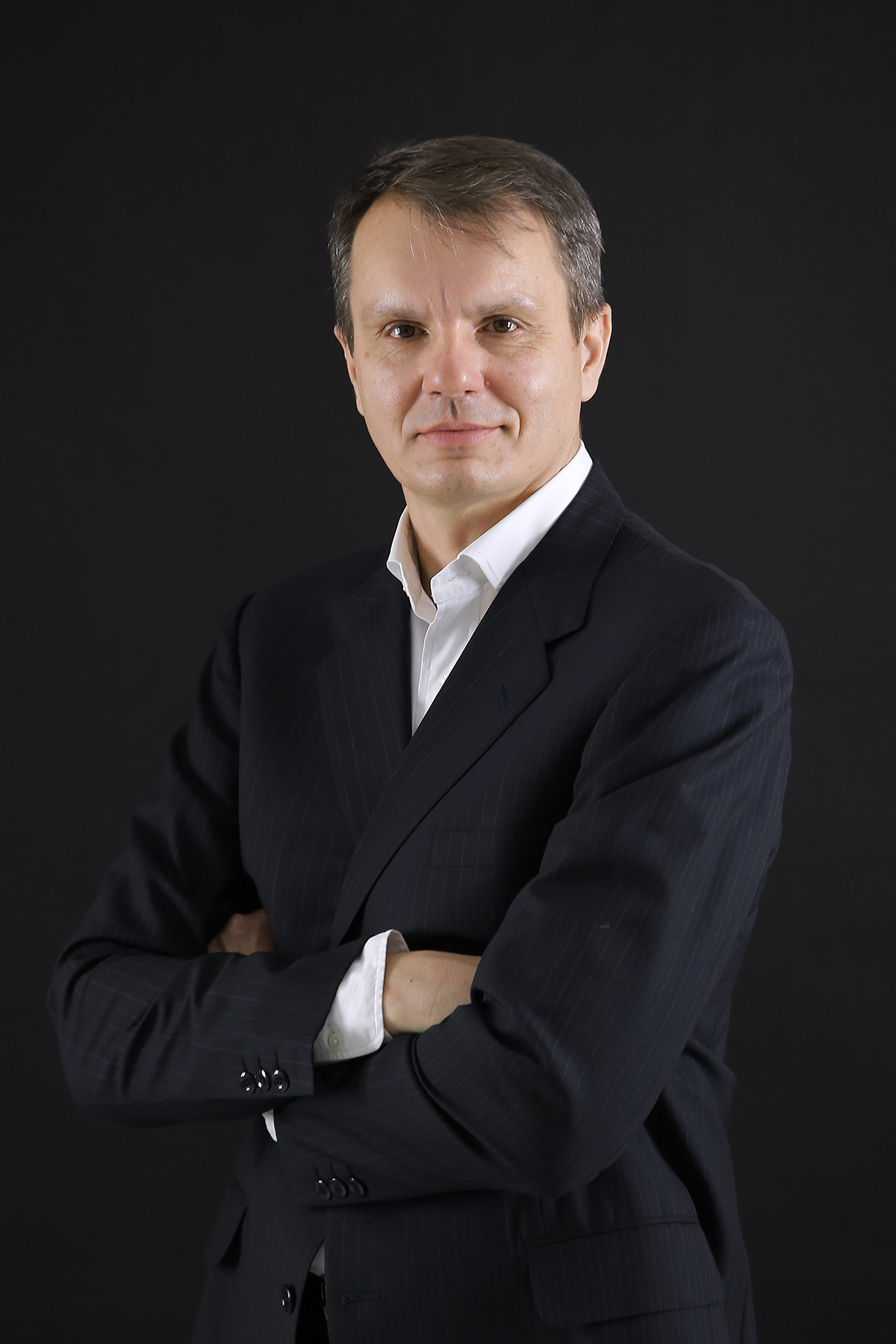
Bartek Radzimski
Bartek Radzimski
Founder & Managing Director, Mobility Solutions
Founder & Managing Director, Mobility Solutions
- Polish-born, US-educated, Japan familiar, Tokyo-based entrepreneur
- 20+ years of tier-1-supplier experience in Japan, Europe, North America & APAC region
- 15+ years of top-management- leadership experience in operations from start-up to manufacturing
- Proven track record of establishing brands and introducing trends into Asian markets
- Close connected with the Japanese leisure industry & it’s associations
Re-starting position
“The guest structure continues to become more international. Originally driven by post-911 travel restrictions, hesitant Australians and New Zealanders in particular discovered that powder snow, which is now nicknamed JAPOW and easily rivals the US and EU, was just one or two time zones away,” says Bartek Radzimski, founder of Mobility Solutions, which supports foreign companies with market entry in Japan.
Aided by direct flights to Tokyo and Sapporo, the guests from the southern hemisphere were soon followed by more affluent Asian visitors. Pre-COVID, the number of winter tourists coming from abroad had risen to ten percent.
“With some initial reserve, the Japanese government acknowledged that the trend was having a positive impact on depopulated, rural regions.
Recently, more promotions and subsides, specifically for climate-neutral mountain tourism have been available to businesses in this sector,” according to Radzimski, a Polish national who has lived in Japan for 23 years and long worked there as country CEO for automotive supplier Webasto.
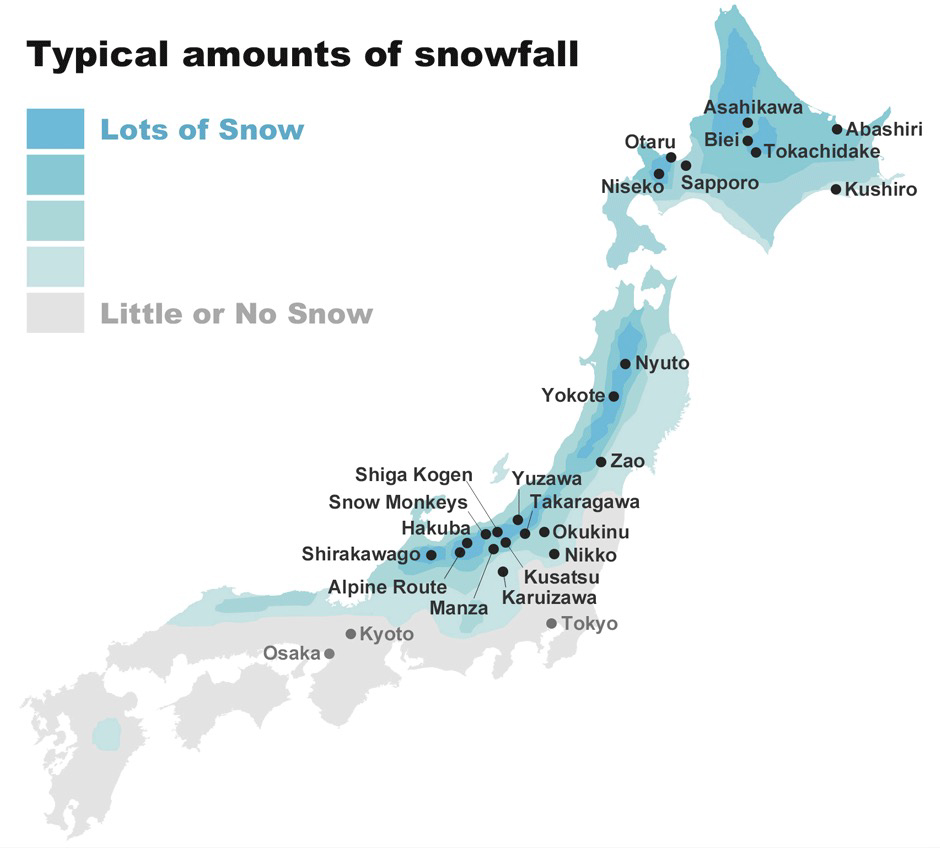
Japan
Key ski resorts in Japan. Picture: Mobility Solution
Ski resort with a bullet train connection
Of the 500 ski resorts, several have been recognised internationally. As the main JAPOW destination in Hokkaido, Niseko is famous for gentler gradients and for being guaranteed to deliver over 15 metres of snowfall per season.
On the main island of Honshu, if you prefer easy access, the ski resort GALA Yuzawa belongs to the Japanese railway and has a direct stop on the Shinkansen, the bullet train. “Travel time of 90 minutes from Tokyo metropolis to piste makes this the most frequented resort in winter,” Radzimski emphasises.
In the next valley over, Nozawa Onsen attracts foreign tourists with its quaint village, deep snow and soothing “onsens” (hot springs). Finally, a venue for the 1998 Olympic Games, Hakuba Valley promises deep snow, steep gradients and world- class off-piste hinterland.
Along with foreign tourism, these “beacons” of the industry have also increasingly started the shift to year-round tourism, which remains underdeveloped in the mountains of Japan.
The most pupular ski resorts have increasingly started the shift to year-round tourism, which remains underdeveloped in the mountains of Japan. Pictures: Hakuba Iwatake Mountain Resort
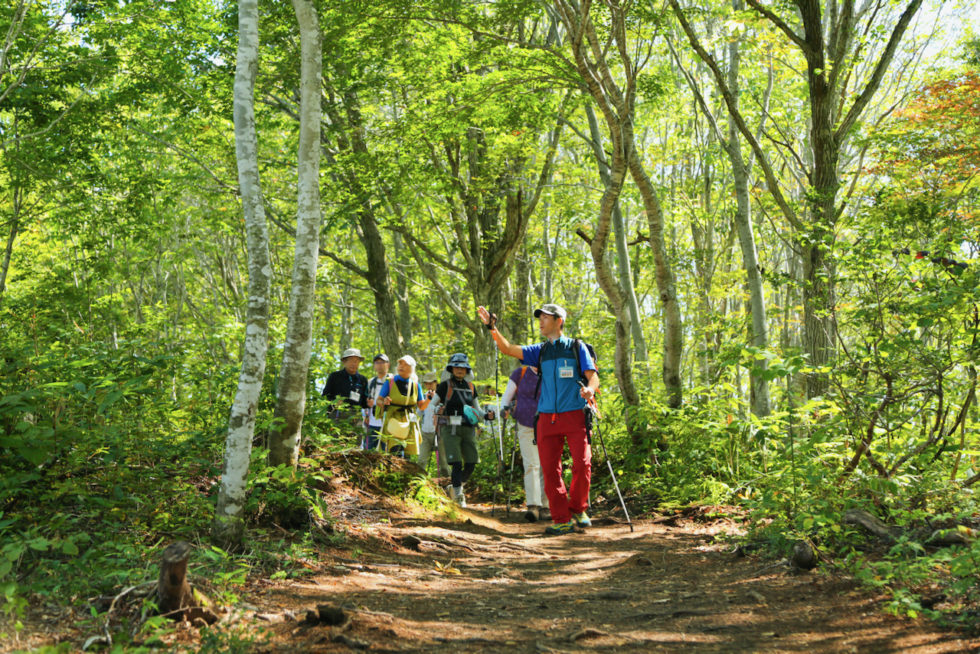
Challenges
The Japanese mountain cable car industry has two difficult seasons behind it: in 2019/2020 the winter was very warm and in 2020/2021 the coronavirus pandemic left its mark. At the time of writing, Japan remains closed to foreign tourism and the upcoming winter season is looking bleak.
The return to the foreign tourism explosion that Japan experienced prior to COVID, when nationwide figures rose from 6 million in 2011 to 31.9 million in 2019, will take at least another year. “Resorts will have to continue to focus on attracting domestic customers.
However, often outdated infrastructure, limited offerings for non-skiers and a lack of green season make quick reactions in challenging times difficult,” Radzimski says.
“The younger generation is increasingly enthusiastic about getting out of the heavily populated urban areas, but slim offerings are keeping repeat rates down,” the Mobility Solutions founder emphasises.
The additional challenge with urban audiences, is low vehicle and sports equipment ownership, leading to reliance on public transport and on hiring rather than buying equipment.
Opportunities
However, all these challenges also hold huge potential. On the one hand, there is the abundance of snow, which demonstrated it capability once again last winter.
“Foreign guests will start trickling back this winter,” 46-year-old Radzimski is confident. In Japan, Aussies and Kiwis seek deep powder & tree runs, whilst Asian guests come to see snow for the first time in their lives – meaning that standard and alternative attractions all have a great potential.
With the Japanese government actively wanting to promote ski resort- based tourism, various subsidies and incentives are accessible to the cable car industry. Furthermore, the changing view towards summer tourism, makes resorts positively hungry for new ideas and attractions that present additional opportunities.
“There is great potential here for foreign suppliers,” Radzimski highlights. Developing offerings that entertain domestic audiences, satisfying powder- hungry visitors from Down Under and leaving lasting impressions on first time snow enthusiasts are the challenges faced by Japanese resorts and, at the same time, the opportunities available to product and service providers. ts
